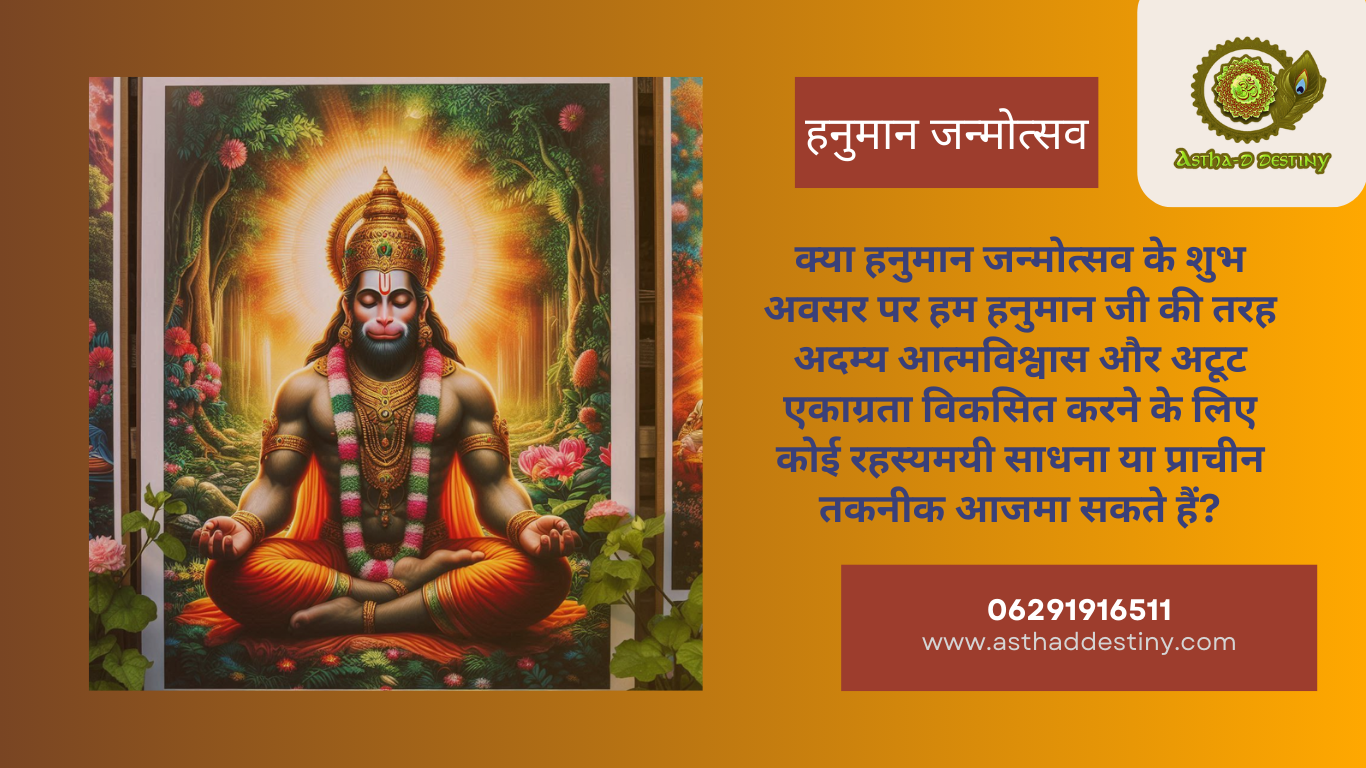भूमिका
सूर्य ग्रह को वैदिक ज्योतिष में आत्मा, ऊर्जा, नेतृत्व, शक्ति और सरकारी कार्यों का कारक माना जाता है। जब सूर्य किसी राशि से दूसरी राशि में प्रवेश करता है, तो इसे सूर्य गोचर कहा जाता है। अप्रैल 2025 में सूर्य का गोचर विशेष ज्योतिषीय महत्व रखता है, क्योंकि यह विभिन्न राशियों पर अलग-अलग प्रभाव डालेगा। इस ब्लॉग में हम सूर्य गोचर के प्रभाव, राशियों पर पड़ने वाले प्रभाव, उपाय और इस ज्योतिषीय घटना के महत्व पर विस्तृत चर्चा करेंगे।
सूर्य गोचर अप्रैल 2025 की तिथियाँ
अप्रैल 2025 में सूर्य अपनी चाल बदलते हुए एक राशि से दूसरी राशि में प्रवेश करेगा। इस गोचर के दौरान जीवन के विभिन्न क्षेत्रों में परिवर्तन देखने को मिल सकते हैं। मुख्य रूप से, सूर्य अप्रैल 2025 में मीन से मेष राशि में प्रवेश करेगा, जिसे मेष संक्रांति भी कहा जाता है।
📅 सूर्य गोचर तिथि:
- मीन से मेष राशि में गोचर: 14 अप्रैल 2025
- समय: सुबह 09:15 बजे (भारतीय समयानुसार)
सूर्य गोचर का ज्योतिषीय महत्व
सूर्य जब अपनी नीच राशि मीन को छोड़कर मेष राशि में प्रवेश करता है, तो यह विशेष रूप से शुभ माना जाता है। यह गोचर आत्मविश्वास, ऊर्जा और नेतृत्व क्षमता में वृद्धि लाता है। साथ ही, सरकारी कार्यों, करियर, स्वास्थ्य और मान-सम्मान में सकारात्मक बदलाव आता है।
सूर्य गोचर के मुख्य प्रभाव:
- नेतृत्व क्षमता में वृद्धि – निर्णय लेने की शक्ति बढ़ेगी।
- स्वास्थ्य में सुधार – रोग प्रतिरोधक क्षमता मजबूत होगी।
- करियर और व्यवसाय में उन्नति – नई नौकरी और प्रमोशन के योग बनेंगे।
- राजनीति और प्रशासन में बदलाव – सरकारी नीतियों में परिवर्तन संभव।
- मान-सम्मान और प्रतिष्ठा में वृद्धि – समाज में प्रभाव बढ़ेगा।
सूर्य गोचर का 12 राशियों पर प्रभाव
सूर्य का गोचर प्रत्येक राशि पर अलग-अलग प्रभाव डालेगा। आइए जानते हैं कि आपकी राशि पर इसका क्या असर पड़ेगा।
मेष राशि
- ऊर्जा और आत्मविश्वास बढ़ेगा।
- करियर में उन्नति के अवसर मिलेंगे।
- मानसिक तनाव से मुक्ति मिलेगी।
वृषभ राशि
- खर्चों में वृद्धि हो सकती है।
- आध्यात्मिकता की ओर रुझान बढ़ेगा।
- विदेश यात्रा के योग बन सकते हैं।
मिथुन राशि
- आर्थिक लाभ मिलेगा।
- सामाजिक प्रतिष्ठा में वृद्धि होगी।
- दोस्तों और शुभचिंतकों का सहयोग प्राप्त होगा।
कर्क राशि
- कार्यक्षेत्र में नई जिम्मेदारियाँ मिल सकती हैं।
- सरकारी कार्यों में सफलता मिलेगी।
- माता-पिता का सहयोग मिलेगा।
सिंह राशि
- भाग्य का साथ मिलेगा।
- उच्च शिक्षा के लिए अच्छा समय रहेगा।
- आध्यात्मिक उन्नति होगी।
कन्या राशि
- स्वास्थ्य संबंधी सावधानी बरतें।
- अचानक धन लाभ हो सकता है।
- गुप्त शत्रुओं से सावधान रहें।
तुला राशि
- दांपत्य जीवन में सुधार होगा।
- व्यापार में नए अवसर प्राप्त होंगे।
- साझेदारी में लाभ होगा।
वृश्चिक राशि
- स्वास्थ्य पर ध्यान देने की जरूरत है।
- कार्यक्षेत्र में परिवर्तन संभव है।
- नए निवेश करने से बचें।
धनु राशि
- प्रेम संबंधों में मधुरता आएगी।
- शिक्षा में सफलता मिलेगी।
- संतान से सुख प्राप्त होगा।
मकर राशि
- पारिवारिक जीवन में कुछ उतार-चढ़ाव रह सकते हैं।
- संपत्ति संबंधी कार्यों में सफलता मिलेगी।
- वाहन क्रय करने के योग बन सकते हैं।
कुंभ राशि
- छोटी यात्राओं का लाभ मिलेगा।
- संवाद कौशल में सुधार होगा।
- भाई-बहनों का सहयोग प्राप्त होगा।
मीन राशि
- आर्थिक स्थिति में मजबूती आएगी।
- निवेश के लिए अच्छा समय है।
- वाणी पर संयम रखने की जरूरत होगी।
सूर्य गोचर के दौरान करने योग्य उपाय
यदि सूर्य गोचर के दौरान उचित उपाय किए जाएं, तो इसके नकारात्मक प्रभावों से बचा जा सकता है और शुभ फलों की प्राप्ति हो सकती है।
- सूर्य देव की पूजा करें
- प्रतिदिन प्रातः सूर्योदय के समय जल अर्पित करें।
- “ॐ घृणिः सूर्याय नमः” मंत्र का जाप करें।
- दान करें
- गेहूं, गुड़, तांबे का सिक्का और लाल वस्त्र दान करें।
- जरूरतमंदों को भोजन कराएं।
- आहार और जीवनशैली में बदलाव
- मसालेदार और तामसिक भोजन से बचें।
- सुबह जल्दी उठकर योग और प्राणायाम करें।
- रवि व्रत रखें
- रविवार के दिन व्रत रखें और सूर्य देव की उपासना करें।
सूर्य गोचर का वैश्विक प्रभाव
सूर्य का गोचर केवल व्यक्तिगत जीवन ही नहीं, बल्कि वैश्विक स्तर पर भी कई महत्वपूर्ण प्रभाव डाल सकता है।
- राजनीतिक क्षेत्र में बदलाव – सरकारों की नई नीतियाँ सामने आ सकती हैं।
- अर्थव्यवस्था में उतार-चढ़ाव – शेयर बाजार में अस्थिरता आ सकती है।
- प्राकृतिक आपदाएँ – मौसम परिवर्तन के कारण प्राकृतिक घटनाएँ हो सकती हैं।
- स्वास्थ्य क्षेत्र में सुधार – चिकित्सा क्षेत्र में नई खोजें हो सकती हैं।
- शिक्षा और तकनीकी क्षेत्र में विकास – नए आविष्कार और अनुसंधान को बढ़ावा मिलेगा।
निष्कर्ष
अप्रैल 2025 में सूर्य का गोचर सभी राशियों और वैश्विक परिदृश्य पर महत्वपूर्ण प्रभाव डालेगा। यह परिवर्तन नेतृत्व क्षमता, करियर, स्वास्थ्य और समाज में प्रतिष्ठा को प्रभावित करेगा।
यदि उचित ज्योतिषीय उपाय किए जाएं, तो इस गोचर का अधिकतम लाभ उठाया जा सकता है। इसलिए, इस समय सूर्य देव की आराधना, दान और संयमित जीवनशैली अपनाने से शुभ फलों की प्राप्ति संभव है।
सूर्य देव की कृपा से सभी को सफलता, समृद्धि और सकारात्मक ऊर्जा मिले! 🙏🌞











